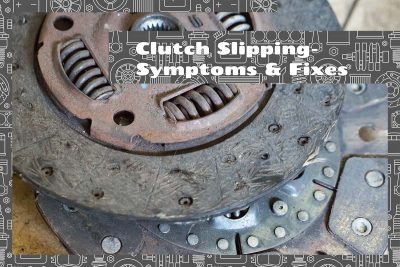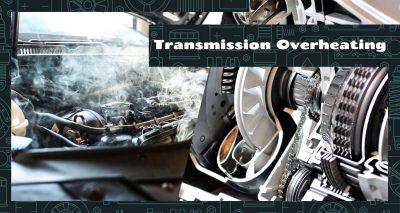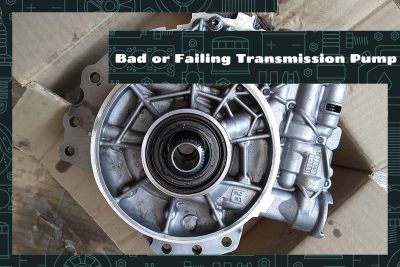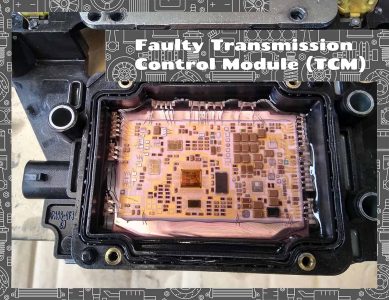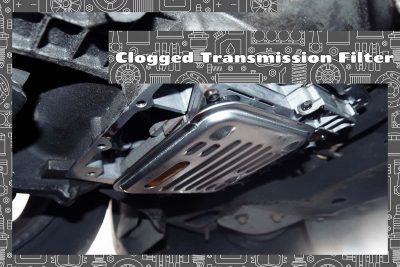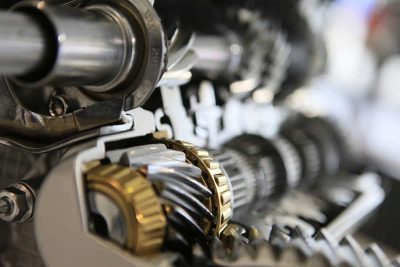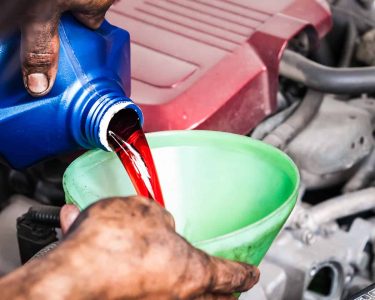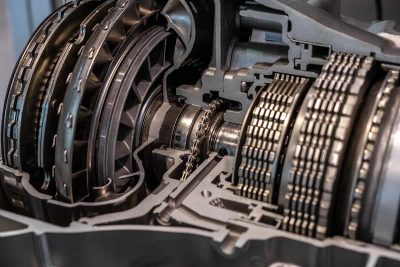Automatic transmissions let your car switch gears without you having to do it manually, so you can enjoy your drive without worrying about when to shift gears. Whether you’ve driven a car or not, you might have heard people talk about “manual” and “automatic” cars. In automatic ones, the transmission does a big job!
In this article, we’re going to dive into the world of automatic transmissions
The clutch ensures a smooth ride, but sometimes, it can start to ‘slip’ or fail to properly deliver the engine’s power. This can lead to a variety of issues, making driving difficult and potentially damaging other parts of your vehicle. Car owners should be able to recognize when the clutch is slipping so they can address the issue before it gets worse.
Transmissions move power from the engine to the wheels, making the car go. But they can overheat and cause problems, and when that happens, your car isn’t going to have a good time at all, to say the least.
A bad transmission pump can give you some clear signs, such as a delayed response from your vehicle, strange noises coming from the transmission, difficulties with shifting gears, overheating of the transmission, and leaks of transmission fluid.
A faulty TCM often gives signals like delayed or unexpected gear shifts, decreased fuel efficiency, a lit-up ‘Check Engine’ light on your dashboard, and your car making unusual noises or vibrations.
Your car’s transmission is like its heart, pumping life (or rather, transmission fluid) throughout its system. One of the key parts of this system is the transmission filter, which acts as a barrier against dirt and debris that could harm your car. If this filter becomes clogged, it can cause some serious issues for your vehicle.
Just like our bodies need blood to function, cars need transmission fluid to run smoothly. Transmission fluid is a type of liquid that helps parts in a vehicle’s transmission move effortlessly. It also cools down the transmission and lubricates its parts, preventing them from wearing out quickly.
To cool down your transmission fast, safely pull over and turn off your car. Let it sit for a few minutes to cool down. If needed, turn on the engine and let it idle without driving. Reduce the load by removing excess weight, shift to a lower gear when needed, and increase airflow by driving at moderate speed with windows down.
Mixing transmission fluids is generally not recommended, as it can lead to compatibility issues, viscosity variation, and damage to seals and gaskets. However, in emergency situations, mixing fluids within the same category may be acceptable as a temporary measure.
It’s generally not recommended to drive on low transmission fluid, but you may be able to drive a short distance, up to 15 miles, without causing significant damage to your transmission. However, it’s important to add more fluid as soon as possible and avoid heavy acceleration or high speeds.
Transmission bands are parts of your car’s transmission that help control gear shifting. They can become loose due to
If you’ve noticed a puddle of fluid under your car or a decrease in your vehicle’s performance, you might have a transmission line to radiator fitting leak. This issue is common in vehicles with automatic transmissions, and it can lead to a variety of problems, including transmission damage and overheating.

